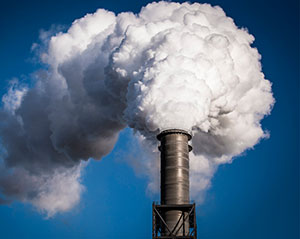Final electricity consumption
Electricity consumption almost doubles worldwide, driven by increasing activity and efforts to electrify end-uses.
Electricity consumption almost doubles worldwide, driven by increasing activity and efforts to electrify end-uses.
Driven by electrification of end-uses, and economic development in emerging economies, the global final electricity demand is bound to surge in the next few decades, with increasing trends in all regions and sectors. In our EnerBlue scenario (announced policies and pledges), it reaches around 48,000 TWh, representing an average growth of 2.4%/year from today.
Breakdown by region | EnerBlue scenario
Loading...
Trend over 2000 - 2050 - EnerBlue scenario
World
Loading...
Scenario benchmark - World - Consumption by sector (%)
Loading...
EnerFuture provides energy projections up to 2050. Our service offers clear insight into the future of energy demand, prices and GHG emissions.
More informationEnerdata's long-term MACC allow you to gain unique insight and comprehensive data from the globally recognised POLES model.
More information


